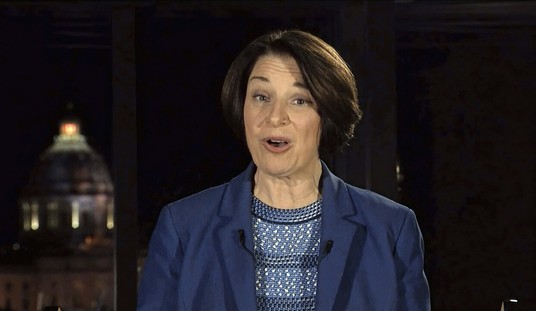This is a trend we touched on yesterday when I was discussing putting the Renewable Fuel Standard on hold. It deals with the downward trend in oil prices owing to a combination of surging production and declining demand. But the phrase “downward trend” seems a bit of an undersell at this point. As of last night, crude oil futures were trading in negative values. Yes, you read that correctly. The price of oil has gone to less than zero. (CNN)
US oil prices crashed Monday to a record low as the market continues to be roiled by an epic collapse in demand caused by the coronavirus pandemic. Global stocks are mixed as investors brace for more companies to reveal how much the crisis is costing them.
US oil futures were down below $0 a barrel, their worst level since NYMEX opened oil futures trading in 1983. Monday’s plunge comes after prices hit an 18-year low last week as markets realized that record output cuts agreed by OPEC, Russia and other producers aren’t nearly enough to offset the loss in demand.
The recent deal between Russia and various OPEC suppliers provided a brief bit of relief but it wasn’t nearly enough to prevent this collapse from happening. The real question for many of us is what this actually means. How can the price of something be less than zero dollars? The Associated Press clearly knew this would be confusing to some people and put out a brief explainer this morning.
The world is awash in oil, there’s little demand for it and we’re running out of places to put it.
That in a nutshell explains Monday’s strange and unprecedented action in the market for crude oil futures contracts, where traders essentially offered to pay someone else to deal with the oil they were due to have delivered next month.
The price of U.S. benchmark crude that would be delivered in May was selling for around $15 a barrel Monday morning, but fell as low as -$40 per barrel during the day. It was the first time that the price on a futures contract for oil has gone negative, analysts say.
The way the global market for oil trading work is based pretty much entirely on “futures.” In other words, nobody is placing an order for thousands of barrels of oil, paying for it and waiting for the tanker to show up with their delivery. Buyers bid on oil that will be delivered in the coming months based on what they think the average price will be at that time. You don’t even need to ever physically take delivery of the actual oil. You can sell your futures to someone else after the fact, hopefully turning a profit if the price changes.
Right now the reverse of that phenomenon is in effect. Buyers who thought they’d gotten a great deal when they bid on oil at fifteen dollars per barrel are facing a glut of product. With nowhere to put the oil if it arrives, they were at one point yesterday literally offering to pay someone else as much as 40 dollars per barrel to take the oil off their hands. Those of you who invest in the stock market probably recognize this practice as something akin to short-selling when it goes horribly wrong.
So how does this get fixed? In the short term, it basically doesn’t. Convincing oil producers to stop drilling is a tough sell, but if nobody is willing to pay them they will do it. Some operations will have to be idled and the workers at those locations will be out of a job. That process started a couple of weeks ago. Baker-Hughs is reporting that the United States oil rig count fell by more than sixty last week, hitting levels not seen since 2016.
As we always say, this too shall pass. But until demand picks back up and travel patterns return to normal, the demand won’t exist to consume the amounts of oil and gas we’ve been producing, so it’s not really possible to say how long it will take at this point.







Join the conversation as a VIP Member